Nobody can deny the importance of forests in Pakistan since they are a vital component of the local ecosystem, and they provide us with the essentials of life, including clean air, water, wildlife habitats, stable oils, and of course, wood. Besides adding great value to the country’s landscape, they are a driving force for recreational activities and adventures – which later on becomes a crucial economic resource for generating employment and boosting tourism.
Being Pakistan’s personal go-to source of information, we have taken on the responsibility to keep our readers updated with every positive development in the country. As per usual, we will give you an overview of the classification of forests in Pakistan, their habitat, and species, along with the name of the areas where they are usually spotted.
So, without further ado, let’s get planting!
Major Types of Forests in Pakistan
It is no secret that Pakistan’s topography is extremely diverse and full of natural landscapes. That said, here’s our compilation of the major types of forests found across Pakistan:
- Littoral and Swamp Forests
- Tropical Dry Deciduous Forests
- Tropical Thorn Forests
- Subtropical Forests
- Subtropical Pine Forests
- Himalayan Moist Temperate Forest
- Himalayan Dry Temperate Forest
- Alpine Forests
Littoral and Swamp Forests
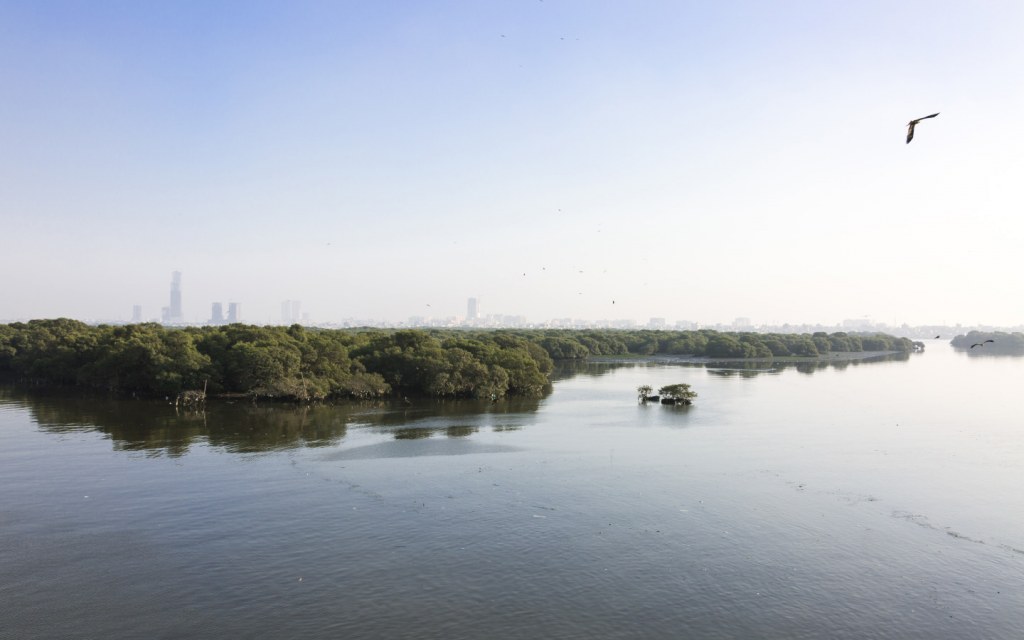
Expansive forests with plantation and trees of low heights are mostly found near the coasts of the Arabian Sea in Pakistan and are known as Littoral and Swamp Forests. Most commonly known as mangrove forests, these are home to exotic species [of trees] such as Avicenna marina – grey mangrove or white mangrove – and Rhizophora. As per the latest estimates by the Food and Agriculture Organisation (FAO) of the United Nations, Pakistan has around 207,000 hectares of swamplands.
Where are Littoral and Swamp Forests Found in Pakistan?
As mentioned earlier, mangrove forests are found near the banks of the Arabian Sea, so it is only natural to find these swamplands around the many beaches in Sindh, especially Karachi, and Pasni, Balochistan.
Tropical Dry Deciduous Forests
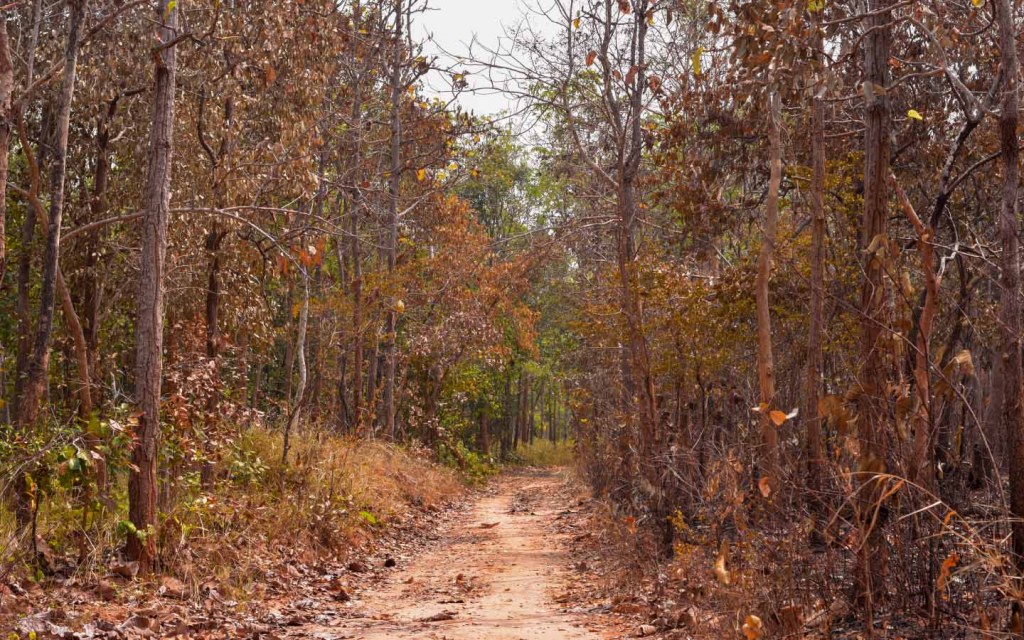
Tropical dry forests grow to a moderate height and are almost deciduous species of trees that shed their leaves annually. Through an aerial view, these forests appear to be fairly dense during the monsoon season and are not any different from other forests. Floristic composition is one of the common traits shared by tropical dry deciduous forests with the rest of the forests in Pakistan.
These forests are primarily home to trees and plants such as lannea, bombax ceiba, sterculia, plum trees, mallotus, and acacia. Meanwhile, the typical vegetation of shrubs found in the region includes adhatoda, gymnosporia, and indigofera.
Where are Tropical Dry Deciduous Forests Found in Pakistan?
Tropical dry forests are among the very few types of forests in Pakistan, which are not found extensively except near the foothills of Rawalpindi.
Tropical Thorn Forests
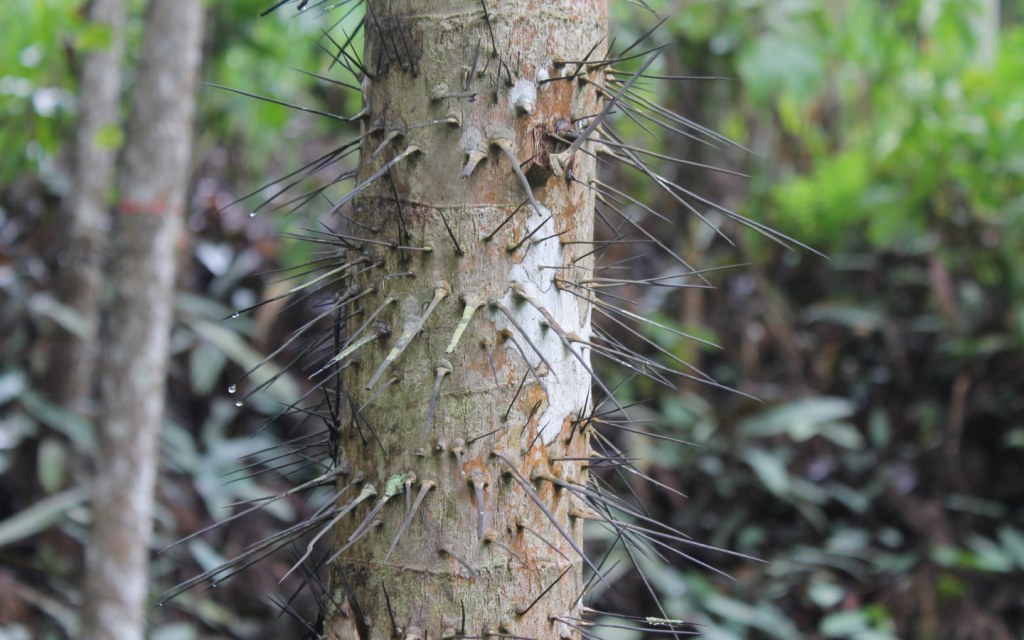
Primarily known as one of the branches of dry forests, tropical thorn forests – also known as thorny forests – are dense and have scrub-like vegetation. A great number of forests of Pakistan comprise Tropical Thorn Forests. And, they are mainly found in areas that record warm temperatures and less rainfall. The three main traits of thorn forests are:
- They are found in regions that record less than 70 cm of rain.
- Thorn forests, just like the name suggests, have thorny bushes with long roots that assist them in staying hydrated by reaching the water under the ground.
- Thorny forests are usually made up of trees with thick and small leaves that minimise evaporation, such as acacias, palms, and cacti.
Where are Tropical Thorn Forests Found in Pakistan?
Tropical thorn forests are divided on the basis of climax vegetation in Pakistan and are usually found near the Indus basin plains and near some districts in Sialkot, Gujrat, and Jehlum. This is because the temperature during summers in these regions is usually higher than 35 degrees Celsius.
Previously, thorny forests were found amidst riverain forests situated along the river banks in the north and northwestern areas of Pakistan. Altogether these forests were ideal for the wildlife of this region since they seasonally migrated to lower hills in summers and towards plains in winters. Over the years, the situation has changed, and now, riverain forests tend to grow in disjunctive patches.
Subtropical Broad-Leaf Evergreen Forests
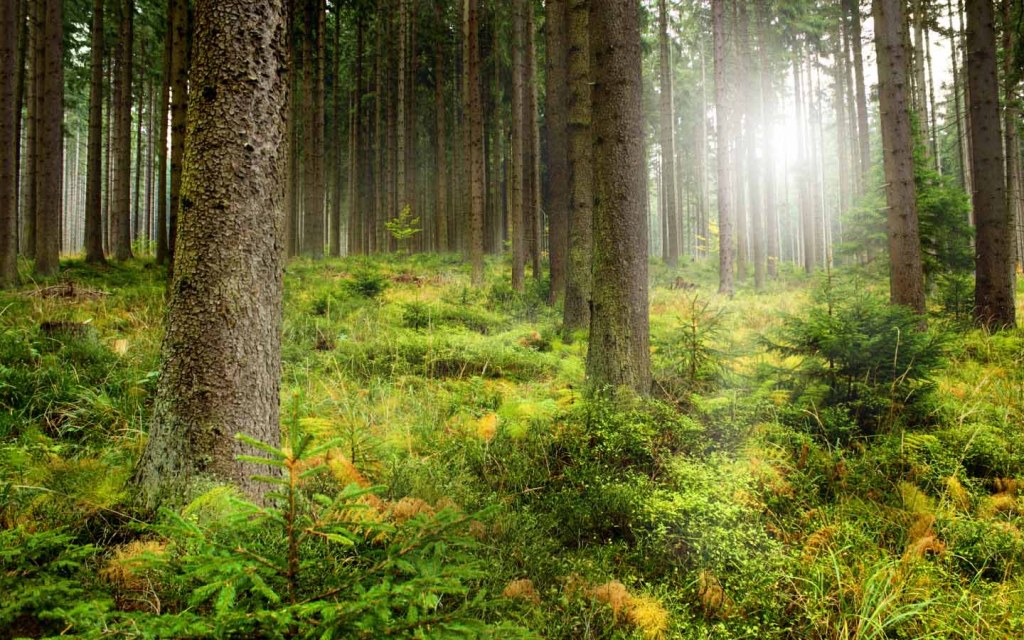
Just like the name suggests, subtropical broad-leaved evergreen forests are xerophytic forests with thorny, small-leafed, and evergreen plant life, such as succulents. In Pakistan, these forests are typically populated with olive trees, acacia modesta, and dodonaea. The total area of these forests in Pakistan is estimated to be around 1,191,000 hectares, and some of the best features of these forests are:
- A tree in this forest can grow over 75-feet in height within 5 years.
- The forest canopy is home to many animals, such as monkeys.
- Below the forest canopy, you are most likely to find wildlife like snakes and big cats.
- All layers of these forests are diverse and are home to invertebrate species.
Where are Subtropical Broad-Leaf Evergreen Forests Found in Pakistan?
You are most likely to spot these forests in Pakistan near the foothills and lower slopes of Himalayas and mostly around the salt range, near Kala Chitta Mountain Range, and Sulaiman Range.
Subtropical Pine Forests
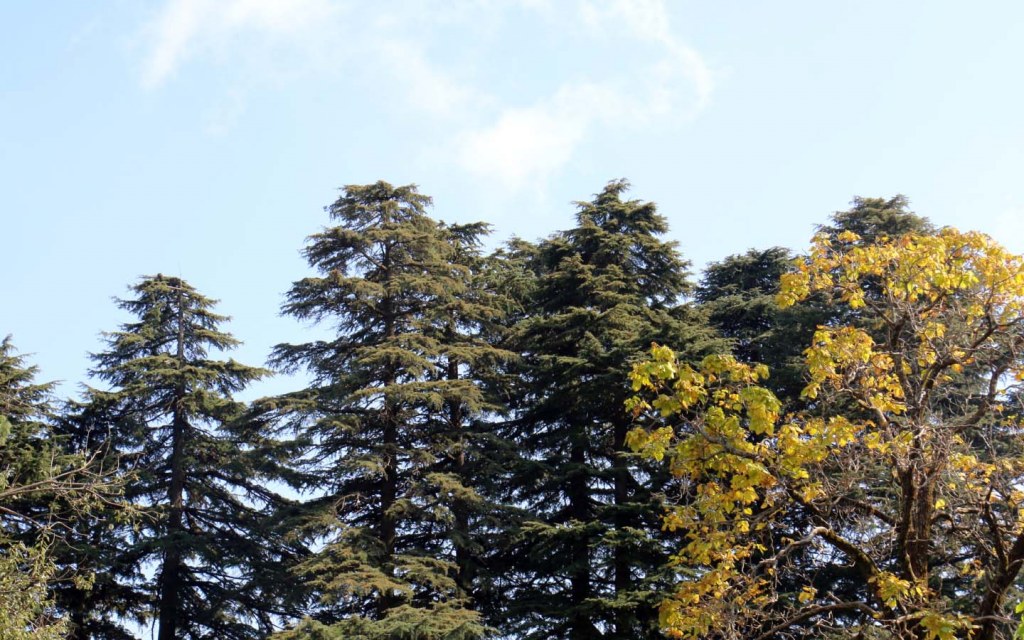
Subtropical Pine Forests – also known as Himalayan Subtropical Pine Forests – are characterised by the diverse species of conifers and woody plants found in the region. These forests are home to pine trees and other vegetation that can survive in variable climatic conditions. This particular type of forest is extremely prone to forest fires.
Where are Subtropical Pine Forests Found in Pakistan?
This particular type of forest is usually spotted in Pakistan between the elevations of 900 metre to 1700 metre in the Western Himalayas – also known as Punjab Himalayas.
Himalayan Moist Temperate Forest
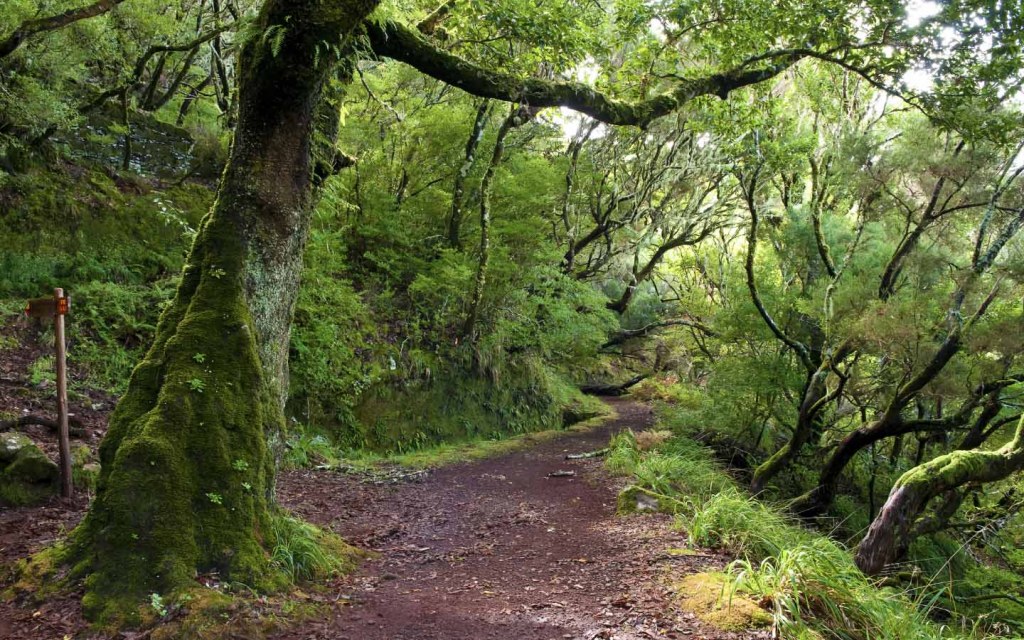
Home to Pakistan’s national tree – Deodar – Himalayan Moist Temperate Forests are known for their evergreen conifers and a variety of other species, including oak trees and deciduous broad-leafed trees.
In Pakistan, these forests are divided into two categories: lower and upper zone depending on the definite number of conifers or oak trees. You will most likely find cedrus deodara, pinus wallichiana, picea smithiana, and abies pindrow in the lower zone. Meanwhile, the upper zone is populated with pindrow and q. semecarpifolia.
Where are Himalayan Moist Temperate Forest Found in Pakistan?
Just like the name suggests, Himalayan Moist Temperate Forests are found in the Western Himalayas between 1500 m and 3000 m elevation, except in the extreme northwest regions where the rainfall is recorded below 1,000 m.
Himalayan Dry Temperate Forest
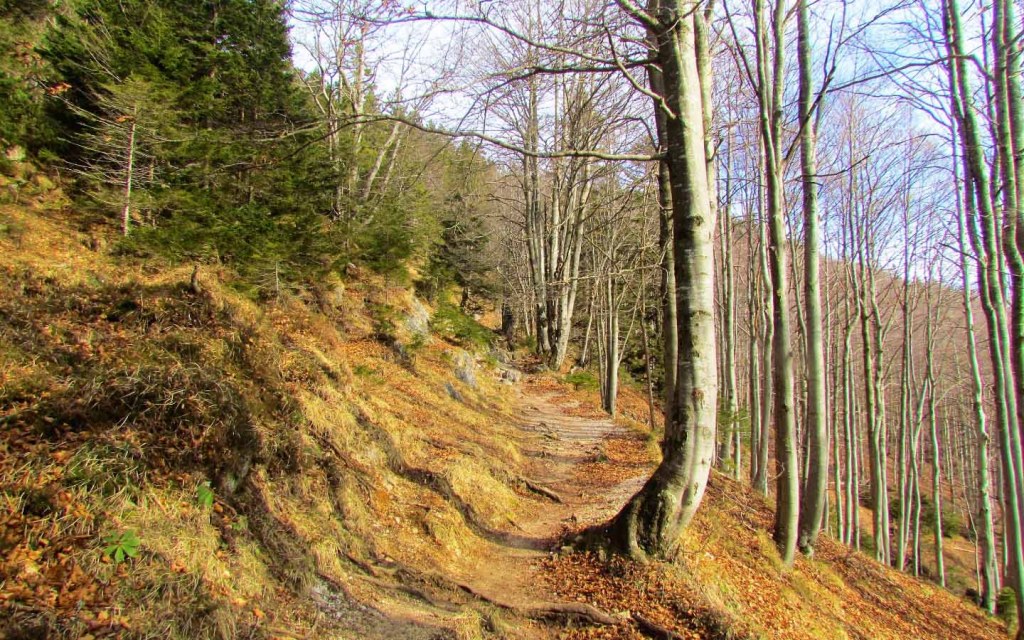
Himalayan Dry Temperate Forests comprise timeless species with open scrub undergrowth. In this particular type of forest in Pakistan, you can spot both species of coniferous and broad-leafed trees. Dry zone deodar, Pinus gerardiana (locally known as chilgoza tree), and Quercus ilex are the main species found in this region. On the higher division, you are most likely to spot several communities of blue pine. Moreover, forests of blue pine, abhal, shupa, shur, and some picea smithiana (in Gilgit region) are usually found in the driest inner tracts.
Where are Himalayan Dry Temperate Forests Found in Pakistan?
Himalayan Dry Temperate Forests are primarily found in the northwestern Himalayan Range, where the temperature is usually dry.
Alpine Forests
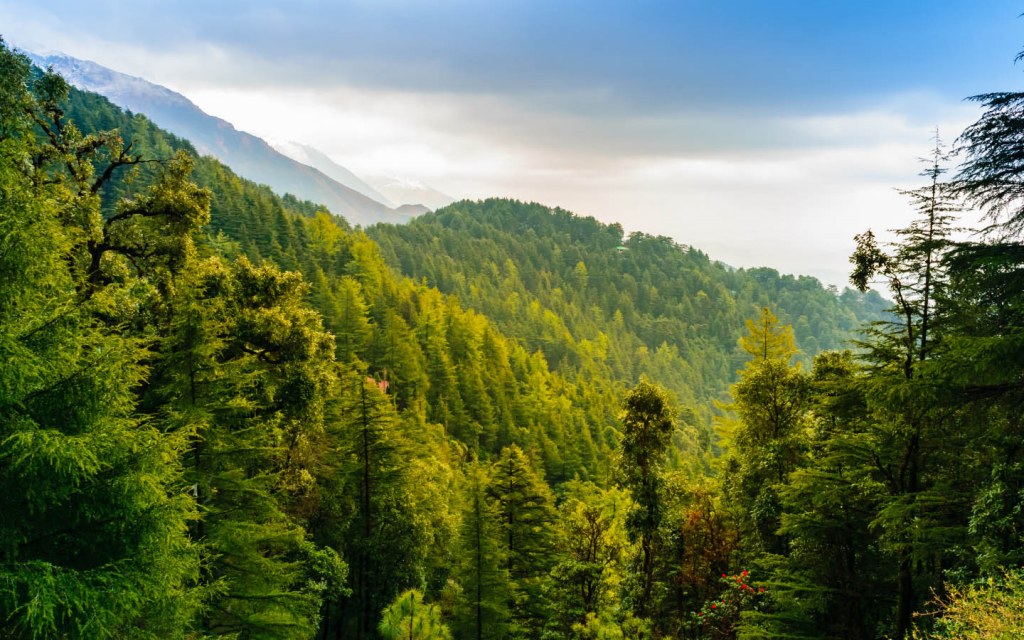
Usually found in the mountainous regions and the areas with high elevation, Alpine Forests are divided into two categories in Pakistan: sub-alpine forests and alpine scrub. Here are some features of Alpine Forests in Pakistan:
- This particular type of forest is found throughout the Himalayas at about 3,350 m
- The three typical species of trees found in this region are abies spectabilis, birch, and bhuj.
Where are Alpine Forests Found in Pakistan?
Alpine Forests are found in limited areas of Pakistan, and the list includes Chitral, Dir, Swat, and Gilgit.
Now that you have a clearer understanding of the types and classification of forests in Pakistan, it is time for a few critical stats. Keep on scrolling as we reveal the total covered forest area in each province of Pakistan.
Total Covered Forest Area in Each Province of Pakistan
Based on the forests discussed in the above-mentioned part of the blog, here’s an overview of the percentage of woodlands in each province of Pakistan as quoted by Food and Agriculture Organisation of the United Nations:
| Province | Percent of Total Forest Area |
| AJK | 6.5 |
| Balochistan | 14 |
| Khyber Pakhtunkhwa | 40 |
| Punjab | 14.4 |
| Sindh | 9.4 |
Types of Trees Found in AJK, Balochistan, KPK, Punjab, and Sindh
As per the latest stats released by the Food and Agriculture Organisation of the United Nations, the estimated types of trees found in different states of Pakistan are mentioned in the table below:
| Forests Based on the Types of Trees | AJK | Balochistan | Khyber Pakhtunkhwa | Punjab | Sindh |
| Conifer | 16 | 42 | 940 | 30 | – |
| Scrub | 1 | 504 | 539 | 132 | – |
| Riverain | – | 20 | 13 | 27 | 112 |
| Mangrove | – | 2 | – | – | 205 |
| Farmland Trees | – | 23 | 6 | 306 | 466 |
| Linear Plantation | 10 | – | 2 | 14 | 16 |
The total forest area of Pakistan is reported to have varied over the years, but a recent study carried out by the Food and Agriculture Organisation of the United Nations found that over 4 million hectares of land are covered with forests in the country. The study indicates that only 4% of the total land area of Pakistan comprises woodland, which doesn’t include the plantation near canals and railways. However, if we take into consideration the many measures taken by the government to tackle environmental issues in Pakistan, especially the billion trees campaign in KPK and several other parts of the country to promote forestry in Pakistan – we can proudly say that the number will only grow from here onwards.
Pro Tip: If you want to explore more about different areas of Pakistan, including Karachi, Lahore, Islamabad, Peshawar, and Quetta, navigate to Zameen Area Guides.
Now, let’s get back to where we left off. We had mentioned it at the beginning of this post, but we’ll repeat for good measures – woodlands are exceptionally vital for our environment since they give us the essentials of life. Forests are an amazing gift from nature to us, and our jungles are home to precious wildlife. Since these green spaces in Pakistan provide food and shelter to hide and breed to animals, you will find some of the country’s most exotic species here, including mammals, birds, reptiles, and insects.
This wraps up our post on the types of forests in Pakistan. Subscribe to Zameen Blog for more informative posts. If you have any questions or suggestions, write to us at blog@zameen.com.



